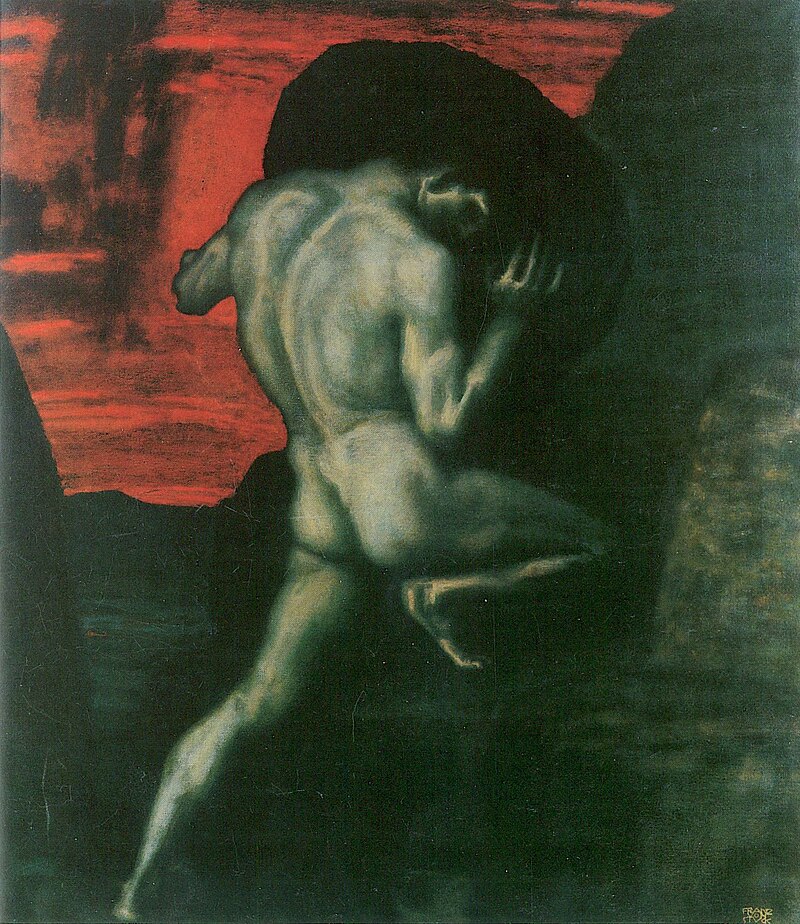
A pigeon, a stranger, and a cockroach walk into a bar…
The absurdist genre emerged post-World War II and explores the absurd aspects of life, evoked by disillusionment and existential questions. Absurdist novels often present worlds or events that lack logical explanations and involve characters who experience some form of alienation from their society and engage in nonsensical actions. These novels are known for featuring dialogue or plotlines that defy any form of logic or rationality and diverge from traditional narrative structures.
If you look up absurdist novels, chances are high that you’ll see works from Franz Kafka and Albert Camus, as well as, on certain occasions, Patrick Süskind.
FRANZ KAFKA- METAMORPHOSIS, THE TRIAL, & IN THE PENAL COLONY
“When Gregor Samsa awoke one morning from troubled dreams, he found himself transformed in his bed into a monstrous insect.”
If you asked someone to name one Franz Kafka story, chances are they’ll answer with Metamorphosis. It’s an incredibly simple yet haunting tale of salesman Gregor Samsa, who wakes up one day to find himself transformed into a giant insect. The approximately 70-page story leaves us trapped in the confines of Gregor’s bedroom, creating a claustrophobic environment. We, as readers, are helpless, just as Gregor is, confined in his tiny bedroom, increasingly neglected by his family until he dies alone, unloved by anyone. This is what Kafka excels at: exploring human conditions through absurd and surreal experiences. His novel The Trial, published posthumously in 1925, showed the absurd in public life, like work, status, and bureaucracy, while Metamorphosis looked at the absurd in our personal lives. It tells the story of K, a man arrested and put on trial for a crime he doesn’t remember committing. He must continuously defend himself despite being given no information about his crime, and with the condemnation of his peers and the law. This surreal depiction of the law is seen once more in the short story In the Penal Colony, which depicts an execution and torture device that inscribes the law the prisoner has broken into his body over a 12-hour period as they slowly die from the wound inflicted, without being given the chance to defend themselves.
ALBERT CAMUS- THE STRANGER
“Maman died today. Or yesterday maybe, I don’t know.”
Piggybacking off Kafka’s absurdist depictions of the justice system is Albert Camus’ The Stranger. In The Stranger, we follow Meursault, an indifferent Frenchman who is put on trial after he murders a man on an Algerian beach. On the surface, this novel’s story is very simple, and some might even say boring. But in between the lines is something uncanny. Our protagonist’s world is like ours, yet things always feel off. Perhaps it’s Meursault’s extreme indifference to everything, from his mother’s death to being found guilty of murder, or possibly his total alienation from society. Perhaps it’s both. Camus explores “the nakedness of man faced with the absurd”, with his version of the absurd being one that encouraged people to “accept life’s lack of meaning and rebel by rejoicing in what life does offer”. This is evident with Meursault, who, as Camus states in the preface, “does not play the game” of society. Meursault does not behave “as if there is meaning where there is none”. This threatens the society he lives in, and for that, he is executed.
PATRICK SÜSKIND- THE PIGEON
“At the time the pigeon affair overtook him, unhinging his life from one day to the next, Jonathan Noel, already past fifty, could look back over a good twenty-year period of total uneventfulness and would have never expected anything of importance could ever overtake him again- other than death someday.”
A less likely addition to the absurdist canon, you are less likely to see this novella on those absurdist book lists, but it is still worthy of that title, in my humble opinion. It’s a short and chaotic tale taking place on a singular day. It follows Jonathan Noel, a solitary bank security guard who experiences an existential crisis when he faces a glaring pigeon outside his home. Here, we see a man’s internalised descent into madness. This is visualised through the words on the page, with the beginning of his existential crisis being an approximately 400-word sentence. His newly found hyperawareness of the world around him causes his day to go dramatically off script, his routine now in shambles, and everything going horrifically wrong in his eyes. And all because of a goddamn pigeon.
Thank you for joining me today at the Lit Corner. Tune in next time in the Queer Edition, where I’ll be giving my recommendations for some good modern queer horror!
Written by El Bancroft
Views: 49

